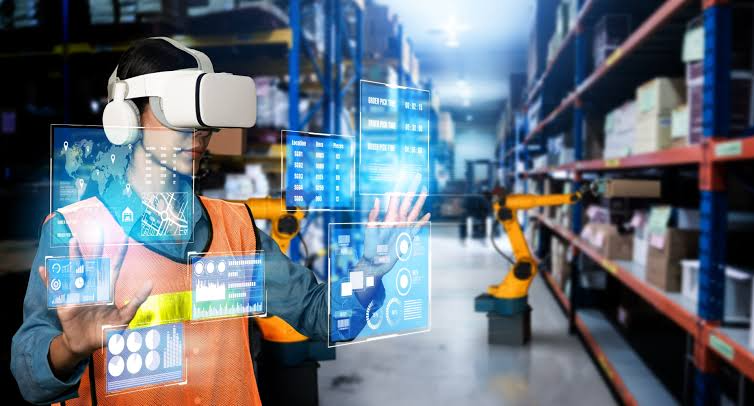The Dawn of Smart Factories: Transforming the Shop Floor

The factory floor is undergoing a profound evolution. What was once a rigid lineup of machines and manual inspection points has transformed into a dynamic, interconnected ecosystem of sensors, intelligent algorithms, and adaptive robots. This shift transcends simple task automation—smart factories integrate Industrial IoT (IIoT), artificial intelligence (AI), digital twins, edge computing, and advanced automation to fundamentally reshape how products are designed, manufactured, and delivered.
From Automation to True Autonomy
Traditional automation replaced repetitive human actions with fixed, deterministic systems like conveyors, PLCs, and robotic arms. Smart factories elevate this paradigm: machines now sense, analyze, learn, and act independently. Predictive maintenance, for instance, allows equipment to detect early failure signs and schedule repairs during production downtime—eliminating surprises. Software-defined production cells enable instant reconfiguration for mixed-model assembly, replacing inflexible, single-product lines. Workers transition from routine tasks to high-value roles in exception management, process optimization, and system architecture.
Core Technologies Powering Smart Factactories
Smart factories operate as an integrated technology stack:
-
Industrial IoT (IIoT): Networks of sensors, actuators, and gateways convert physical signals (vibration, temperature, position) into real-time data streams.
-
Edge Computing: Local processing ensures ultra-low latency, deterministic control, and reduced dependency on cloud infrastructure.
-
AI & Machine Learning: Powers anomaly detection, visual defect classification, production scheduling, and demand forecasting.
-
Digital Twins: Virtual replicas of machines, lines, or entire plants enable risk-free simulation, testing, and performance prediction.
-
Cloud Platforms: Support large-scale analytics, model training, and cross-facility coordination.
Together, these technologies create a self-optimizing, continuously improving production environment.
Proven Business Impact and Real-World Success
Smart factories deliver measurable gains in productivity, quality, and agility. Predictive maintenance slashes unplanned downtime by up to 50% and cuts maintenance costs significantly. AI-driven visual inspection reduces scrap and rework. Digital twins accelerate time-to-market by validating process changes in simulation before live deployment.
A flagship example is Siemens’ Amberg Electronics Plant, where integrated sensor networks and advanced analytics achieve near-perfect output consistency and quality at scale. Such lighthouse factories serve as proven blueprints for enterprise-wide, data-driven transformation.
Key Trends Driving Adoption in 2024–2025
Three major trends are accelerating smart factory investment:
-
Enterprise-Wide AI Integration: Manufacturers now embed AI across design, planning, and operations—not just IT.
-
Rapid Digital Twin Expansion: Companies use virtual models to de-risk changes, optimize processes, and improve sustainability metrics.
-
Edge Computing Surge: Growing demand for deterministic, low-latency control in safety-critical and high-speed operations pushes processing closer to the machine.
These trends lower technical barriers and enhance ROI, making modernization more accessible and compelling.

